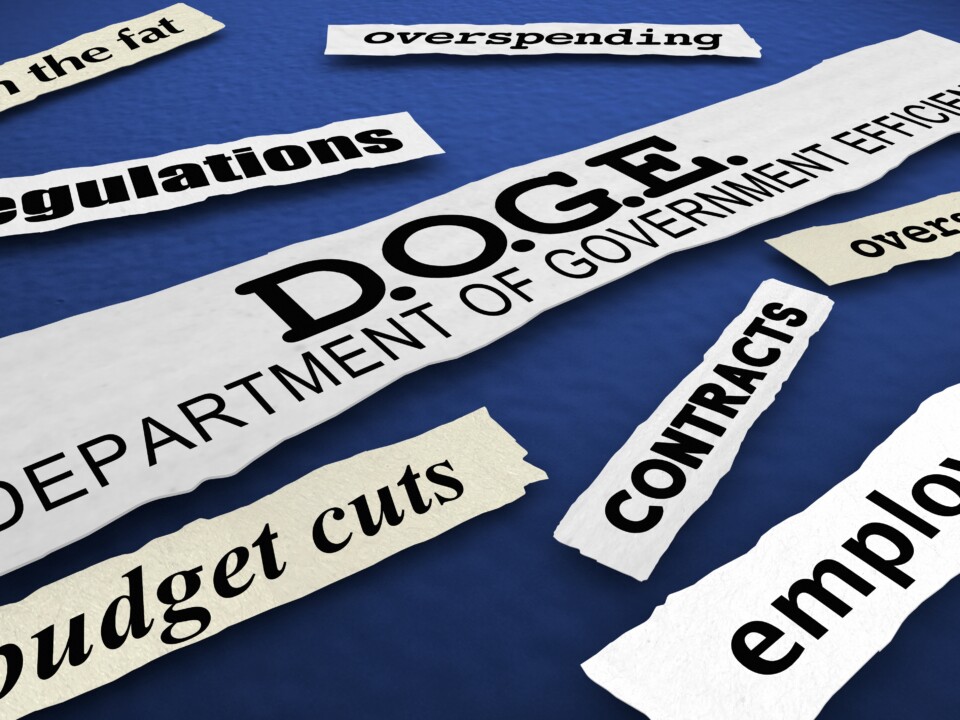
Internal Audit Isn’t the Brakes, It’s Part of the Navigation System
December 27, 2021
Internal Auditing: Career Path or Steppingstone?
January 18, 2022When I joined the internal audit profession in 1975, the U.S. rate of inflation averaged more than 9 percent. After a slight decrease over the next three years, it surged back with vengeance, averaging 11.3% in 1979, 13.5% in 1980 and 10.3% in 1981. As a young internal auditor, I didn’t know any other environment than one in which inflation created risks for my organization.
The vast majority of internal auditors today have the absolute opposite perspective. Most of those in Western and developed economies have never really audited in a period of persistent inflation. That’s one of the things that makes the recent rise in inflation worrisome to me. Are we prepared to assess and add value in the face of inflation-induced risks?
As I started to write this blog, I expected to find several resources from which to craft advice. Unfortunately, it has been so long since we dealt with an inflationary economy that I didn’t find a lot of help out there. So, I did the next best thing: I tapped my own experiences and memories of auditing in this type of environment from 40-plus years ago.
First, let me be very clear: Nothing we do as internal auditors will likely impact the rate of inflation or eliminate the risks that inflation presents to the organizations we serve. Inflation is quite simply a macroeconomic phenomenon in which too much money is chasing too few goods and services. The circumstances that led to the resurgence in inflation are complicated, and a swift resolution by central bankers and policymakers is unlikely.
What we can (and must) do is to assess the risks that inflation presents to the ability of our organizations to achieve their objectives. Where risks are significant, we should assess and provide assurance on the effectiveness of risk-mitigation strategies and controls.
When we think of inflation, our first thoughts are often about ourselves – my groceries, fuel, rent, etc. are going to cost more. Will my salary keep up? This is actually a good perspective to have when assessing potential risks to our organization. Hopefully, you’re not the first in your organization to be thinking about the impact of inflation. Hopefully, too, you will be able to engage management (including risk managers) as part of your assessment/validation of the risks.
In those early years of my career, inflation was the norm. Management, internal audit and everyone else was living with inflation (risks) year in and year out. So, if the conversation isn’t ongoing in your organization, step up and start the dialogue.
As I reflect back, I recall risks that inflation presented to the effectiveness of our operations, and the second-order effects from inflation that created further risks.
First, there were the risks that inflation creates to enterprise effectiveness, including:
- An inability to effectively budget and forecast. CFOs and their teams have ample experience in managing financial risks during periods of healthy economic growth, and even recessions. However, inflation presents different challenges, including the ability to closely monitor macroeconomic trends for clues as to what lies ahead.
- Managing surging costs and other expenses. The early stage of this inflationary cycle presented the most dramatic price increases in energy and transportation (car prices, etc.). However, the deeper we go in the cycle, the more pervasive surging prices are likely to become. Management must make sound, strategic decisions regarding:
- Talent
- Raw materials
- Infrastructure
- (And eventually) capital
- An inability to effectively adjust prices to maintain margins. Experts caution against across-the-board price increases; instead, focus on those products and services whose increased costs of production/delivery have slashed into margins. Price increases in goods and services with “elastic demand curves” are more likely to be accepted by customers/consumers than price increases for expendable or luxury items.
While immediate risks posed by inflation may be easier to identify, internal auditors shouldn’t lose sight of the potential second- and third-order risks that may evolve. These could include:
- Talent management. As the cost of living increases, people seek to maintain their purchasing power. Delayed or inadequate adjustments to compensation may prompt talented professionals to go where the money is. I recall, in 1980, that my employer granted two 6% cost-of-living pay increases in the same calendar year.
- Supply-chain disruption. This is already a major risk for many organizations. As manufacturers/suppliers navigate the prospect of runaway prices and potential talent disruption, we should anticipate more of the same.
- Fraud. Two critical factors in fraud (opportunity and motive) tend to present themselves in inflationary periods. Rapidly increasing expenses can tempt those who know where the fewest/weakest controls are. In addition, a surging cost of living will tempt those who find their compensation isn’t keeping pace.
- Capital market vitality. We are already witnessing volatility in the capital markets in anticipation of central bank monetary policy changes. Such volatility will be only exacerbated when interest rates begin to rise and the effects of inflation fully play out in the marketplace.
I recognize that my perspective and advice are broad. The prospect of inflation will create different risks (and opportunities) in different sectors, industries and companies. If you haven’t already done so, I urge you to initiate discussions now within your organizations and to closely monitor the evolving risks from inflation. As always, be alert, be agile and be aligned with the needs and expectations of your clients and stakeholders.
I welcome your thoughts on additional ways internal auditors can help their organizations in the face of inflation risks.






I welcome your comments via LinkedIn or Twitter (@rfchambers).